European Central Bank (ECB) Executive Board member Isabel Schnabel emphasized the importance of a data-driven approach to policy decisions in light of recent disturbances in the banking sector. She stated yesterday, “I can’t tell you what we’ll decide at the next meeting, and especially at the following meetings,” adding that the situation has become “even more complex.”
Schnabel noted the significance of monitoring the potential impact of banking sector uncertainty on lending, saying, “It’s even more important that we look at all the data we’ll get. It’s important whether the uncertainty in the banking sector will have an additional impact on lending.”
When discussing the ECB’s future plans for its balance sheet, Schnabel admitted that the endpoint remains uncertain and is currently under discussion. She emphasized the need to manage the balance sheet in a way that markets can digest during these turbulent times and expressed satisfaction with the current approach, stating, “So far, it’s worked extraordinarily well.”




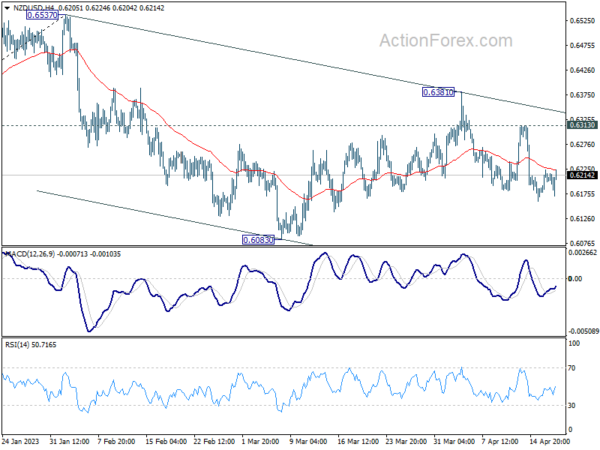
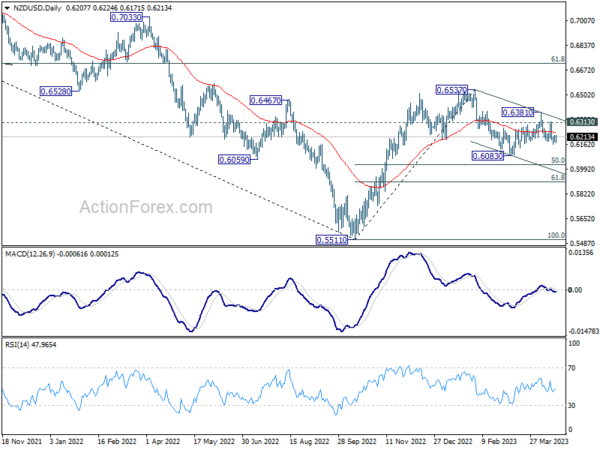
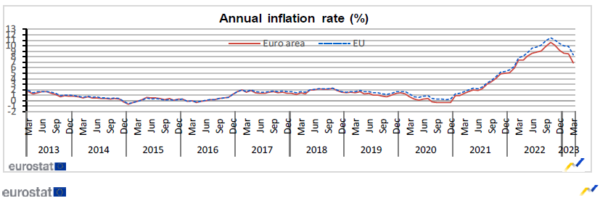
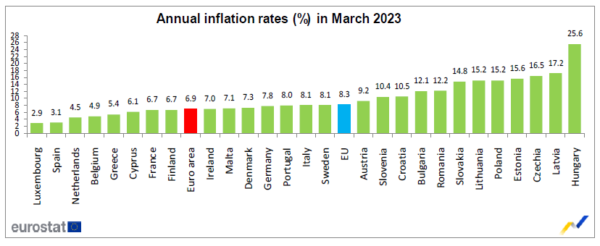
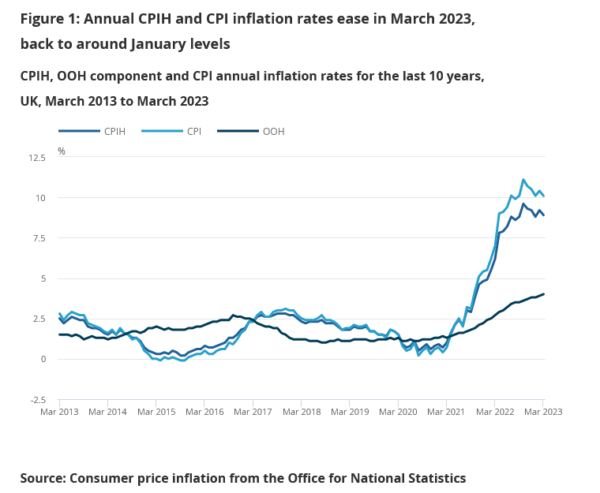
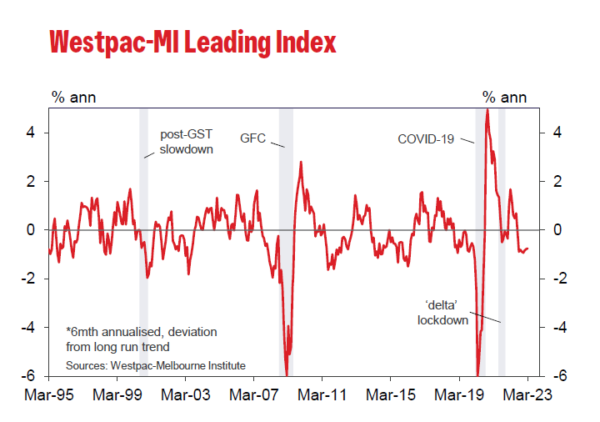
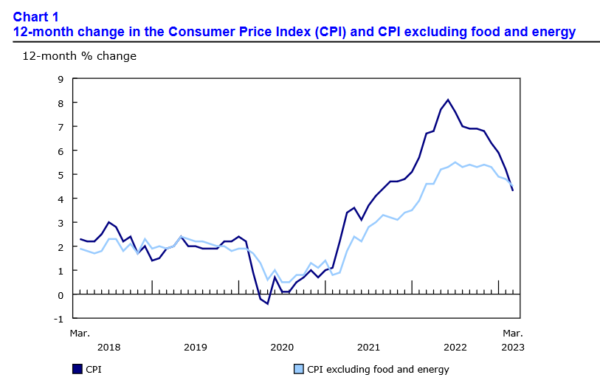
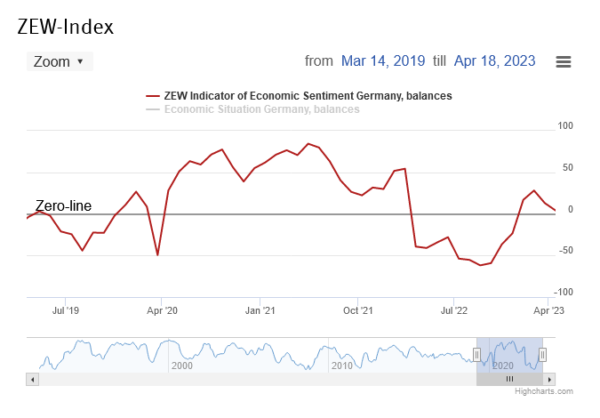
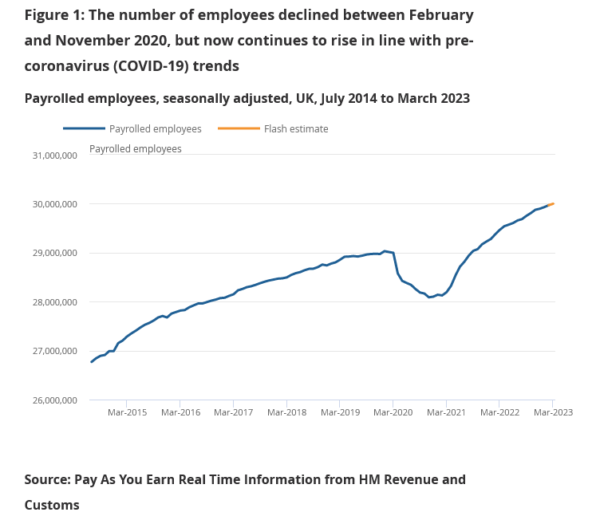
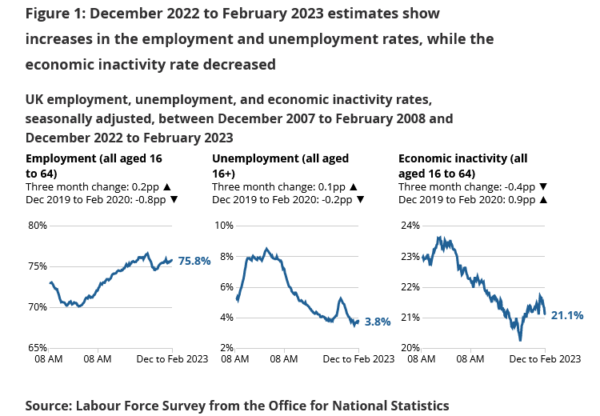
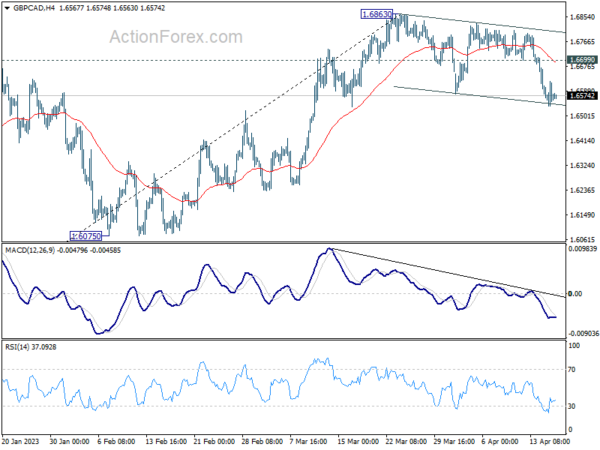
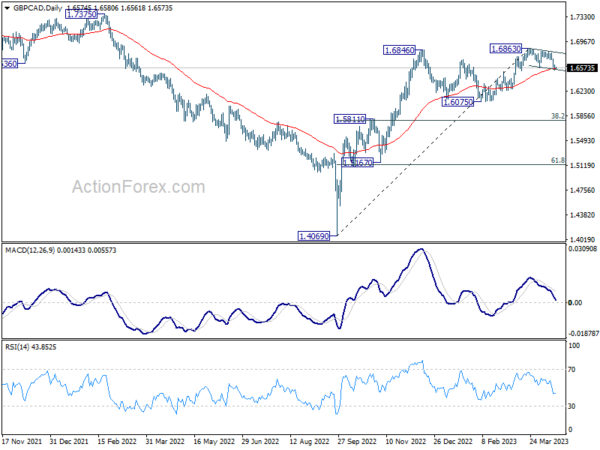
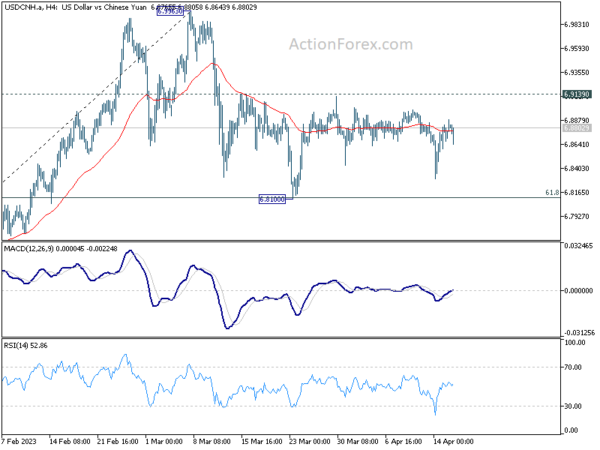
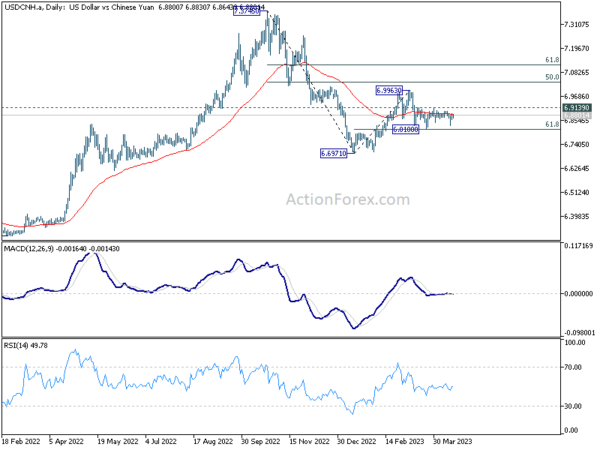
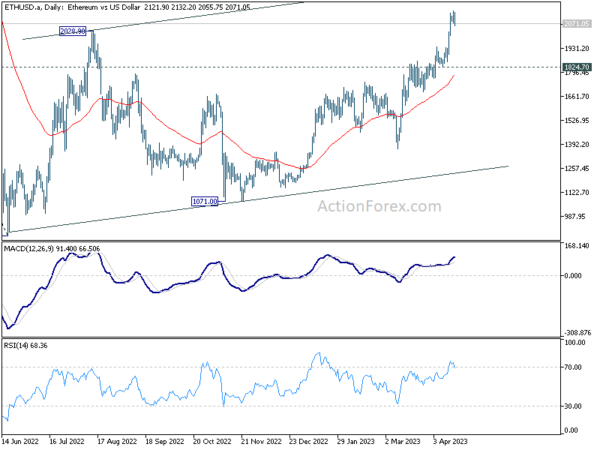
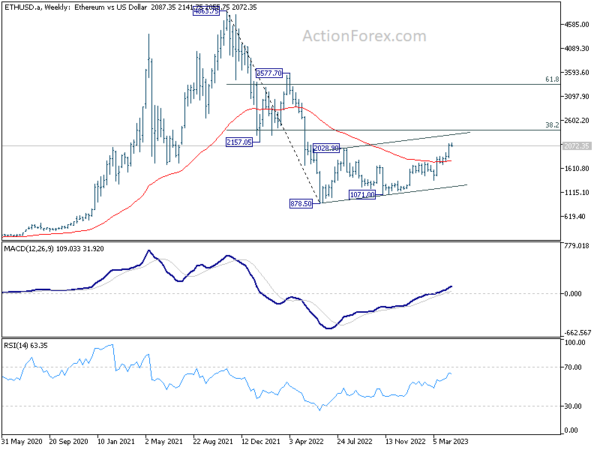
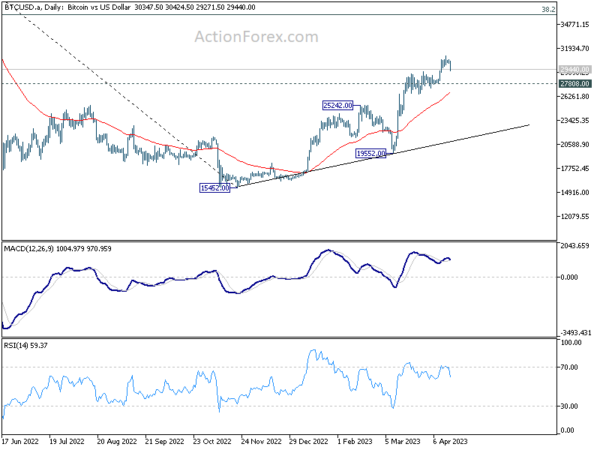
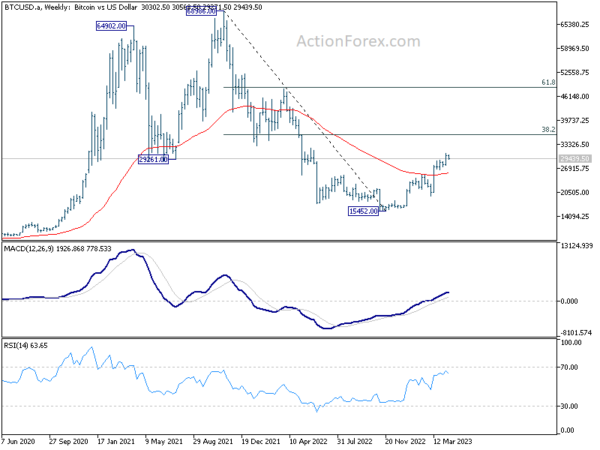
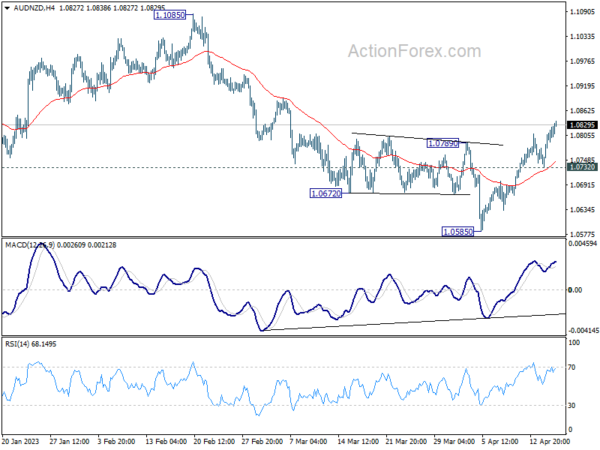
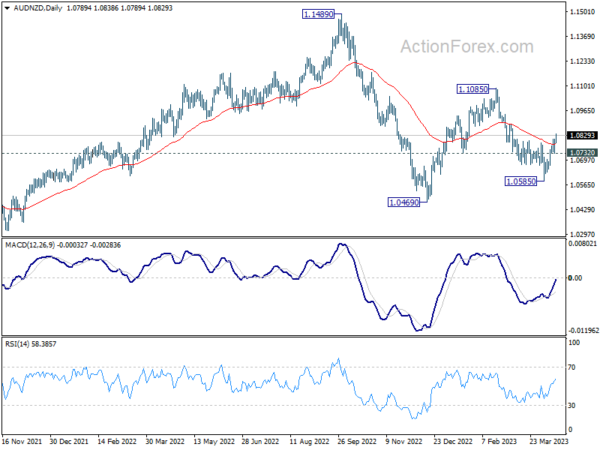

Fed’s Goolsbee discusses May FOMC Prospects, robust job market, and lingering inflation concerns
Chicago Fed President Austan Goolsbee discussed the upcoming May FOMC meeting, the strength of the job market, and persistent inflation in an interview. Goolsbee cautioned against reading too much into his stance on interest rates, stating, “We still got a couple of weeks before the actual meeting, so if anybody imputed some specific basis points of what I was for, that’d be inaccurate.”
Goolsbee acknowledged the strong job market as the most robust part of the economy, with “unprecedented numbers,” while noting that inflation remains a concern. He said, “Inflation — there’s been some improvement, but in a way that’s the worst part of the economy,” adding that it has been “more persistent than we wanted.”
As for the potential impact of the recent failure of two US banks on the economy, Goolsbee said it is essential to monitor the extent of the slowdown. He explained, “How much squeezing is going to be coming from the bank side I think is going to matter for whether this economy is going to slow down.” Goolsbee emphasized that the intensity of the anticipated growth slowdown in the second half of the year would depend significantly on the financial sector.